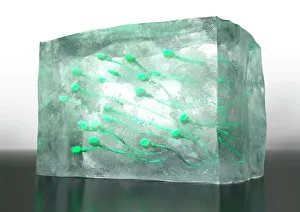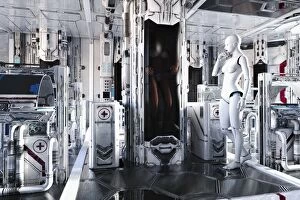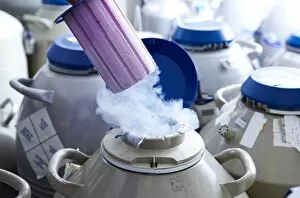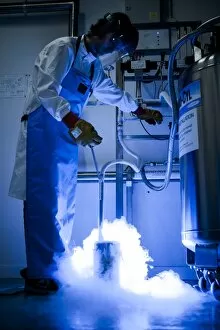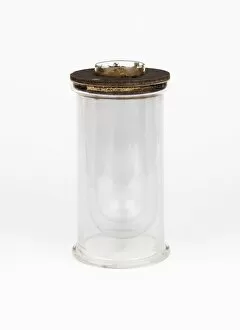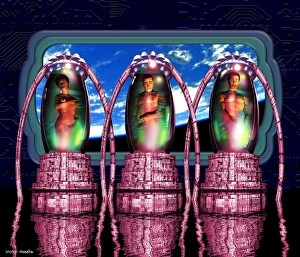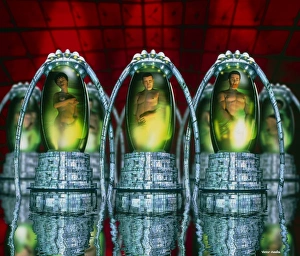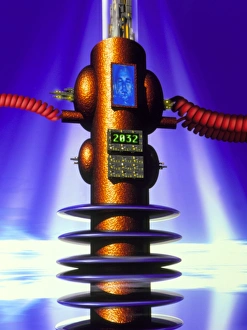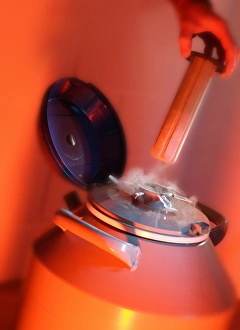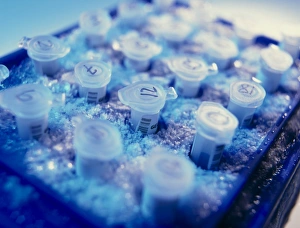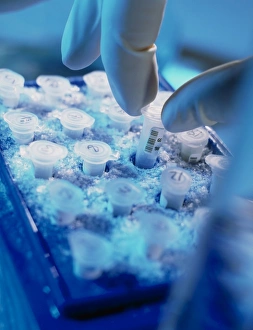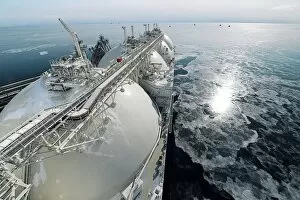Cryogenic Collection
In the realm of cryogenic technology, a world of frozen possibilities awaits
All Professionally Made to Order for Quick Shipping
In the realm of cryogenic technology, a world of frozen possibilities awaits. From the preservation of precious genetic material to mind-bending augmented reality experiences, this conceptual image takes us on a journey through the wonders of cryostorage. At first glance, we are drawn to the sight of a cryo tube, its sleek design hinting at secrets held within. Within this chamber lies frozen sperm, suspended in time and awaiting their chance to fulfill dreams of parenthood. This remarkable feat showcases how science can bridge gaps and offer hope where it once seemed impossible. But cryogenic advancements don't stop there; they extend into the realms of beauty and beyond. Imagine an android adorned with vibrant hues emanating from its very core – an augmented reality masterpiece that blurs the lines between human and machine. With each chemical reaction meticulously orchestrated (F006 / 7185), this fusion creates a mesmerizing color image that captivates our senses. Delving deeper into cryostorage's potential, we uncover another facet: egg storage for IVF (in vitro fertilization). Flickering through various numbered codes (F008 / 3584) like pages in a scientific journal, these eggs hold immense promise for those yearning to start or expand their families. Each code represents countless hopes encapsulated within tiny cells – F008 / 3576, F008 / 3583, F008 / 3582. . The list goes on as fertility becomes less bound by time constraints. As we contemplate these extraordinary achievements in cryogenics, one thing becomes clear: humanity's quest for knowledge knows no bounds. Whether it be freezing life's building blocks or immersing ourselves in breathtaking virtual landscapes powered by AR technology – our fascination with what lies beyond drives us forward. So let us marvel at this glimpse into the world of "cryogenic, " where innovation intertwines with imagination, and is here that science dances hand-in-hand with possibility, offering a tantalizing glimpse into what the future may hold.

